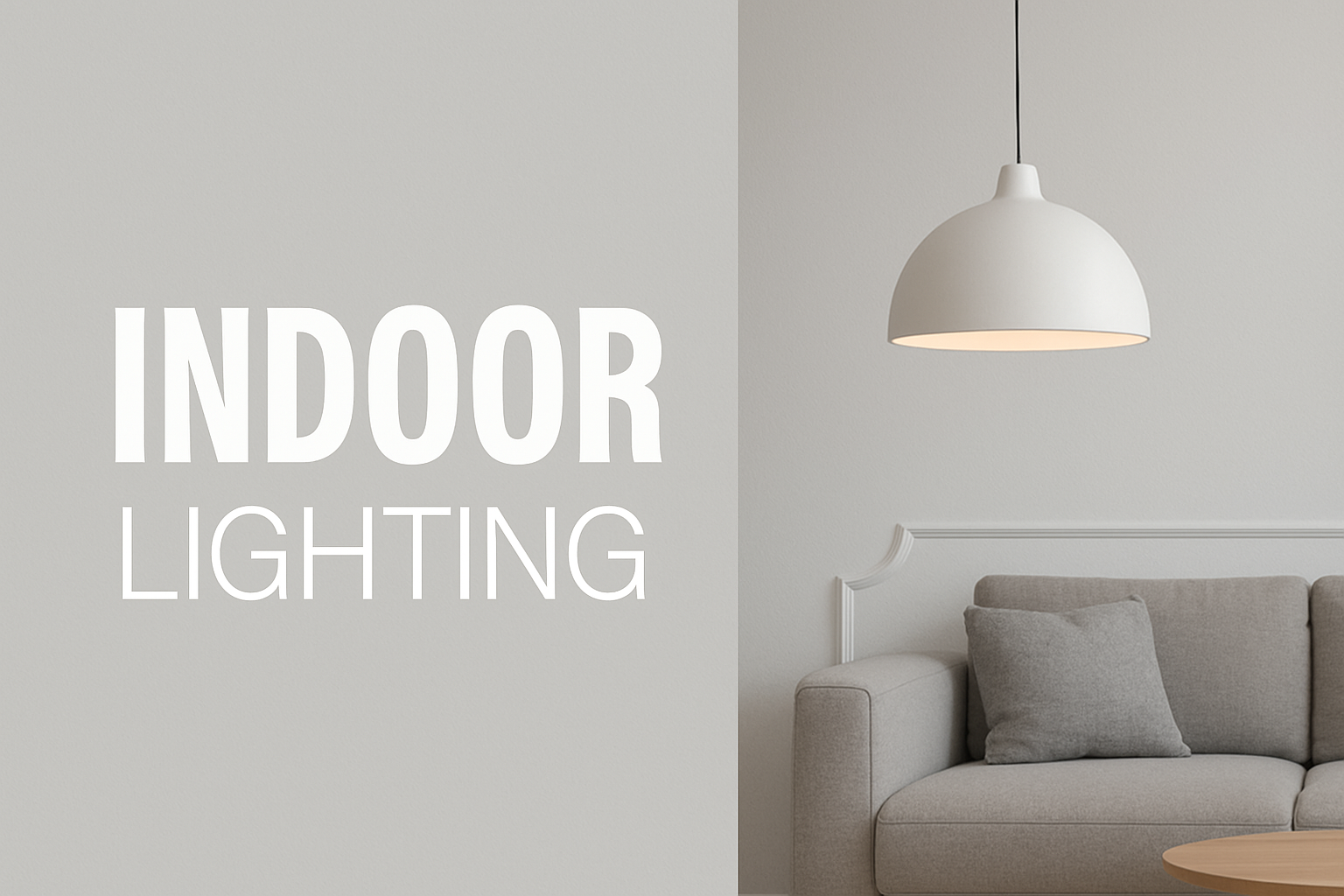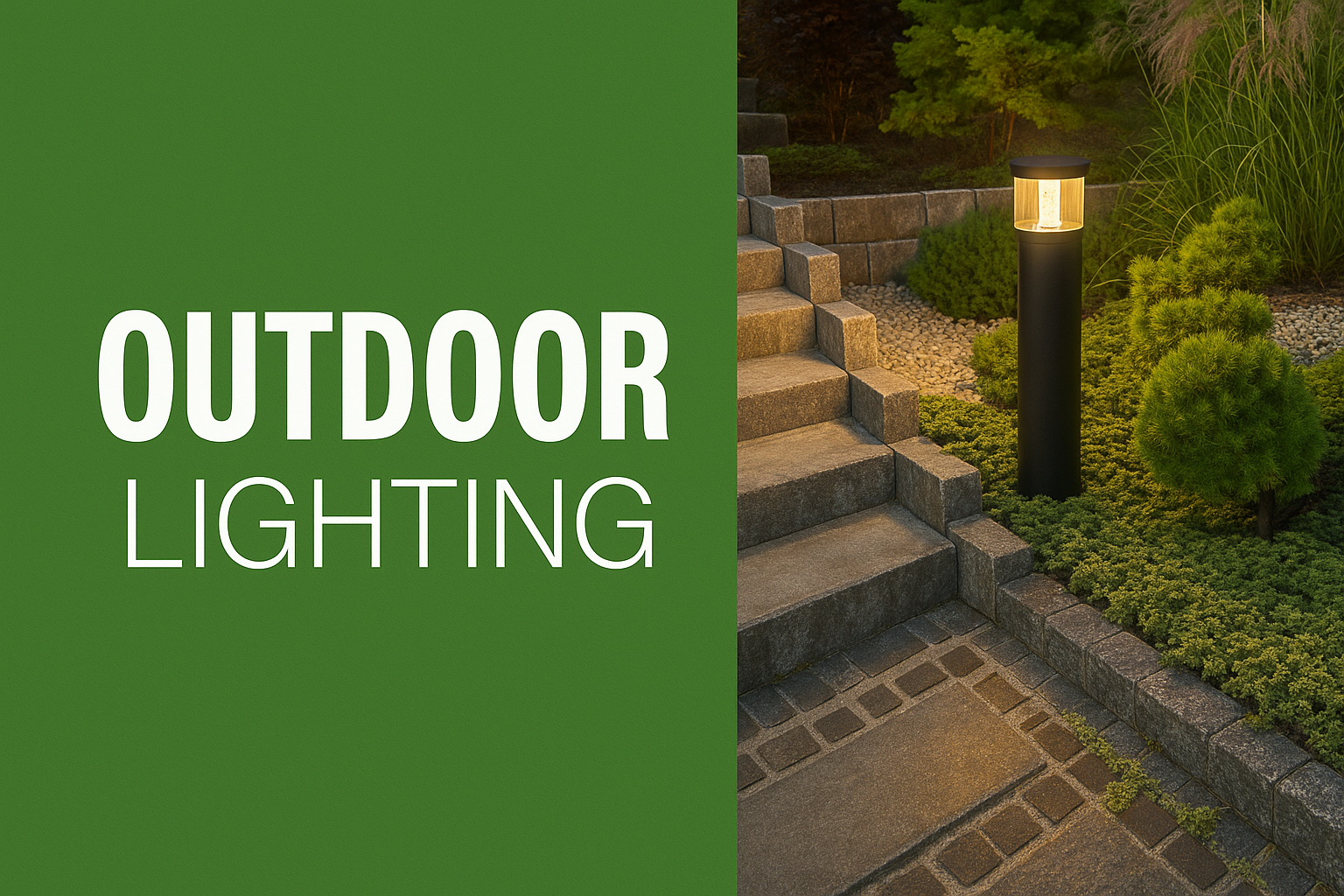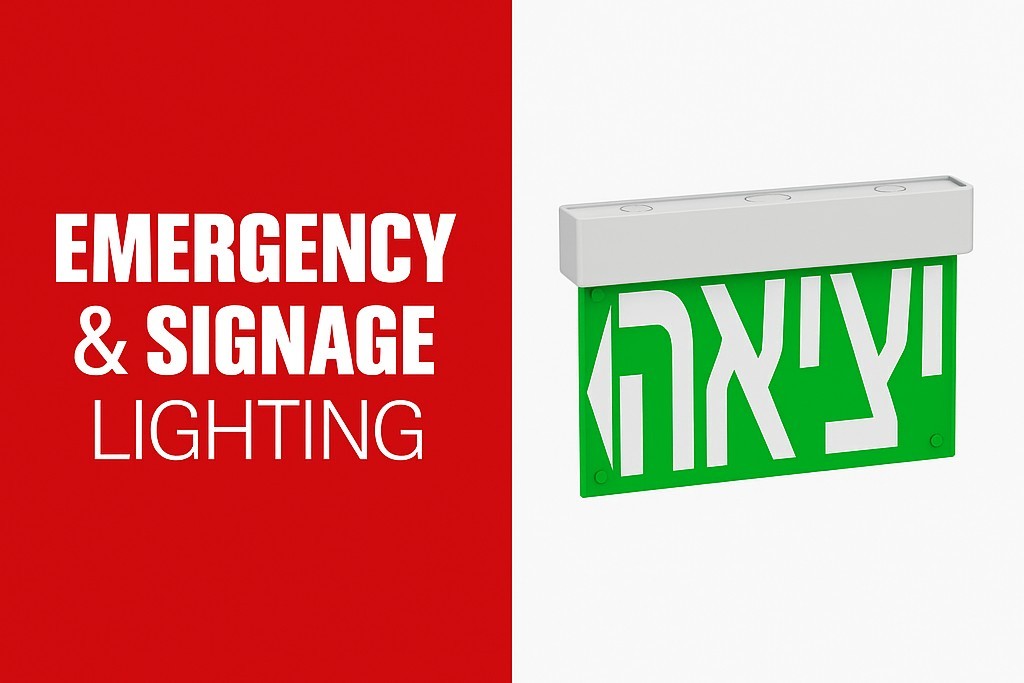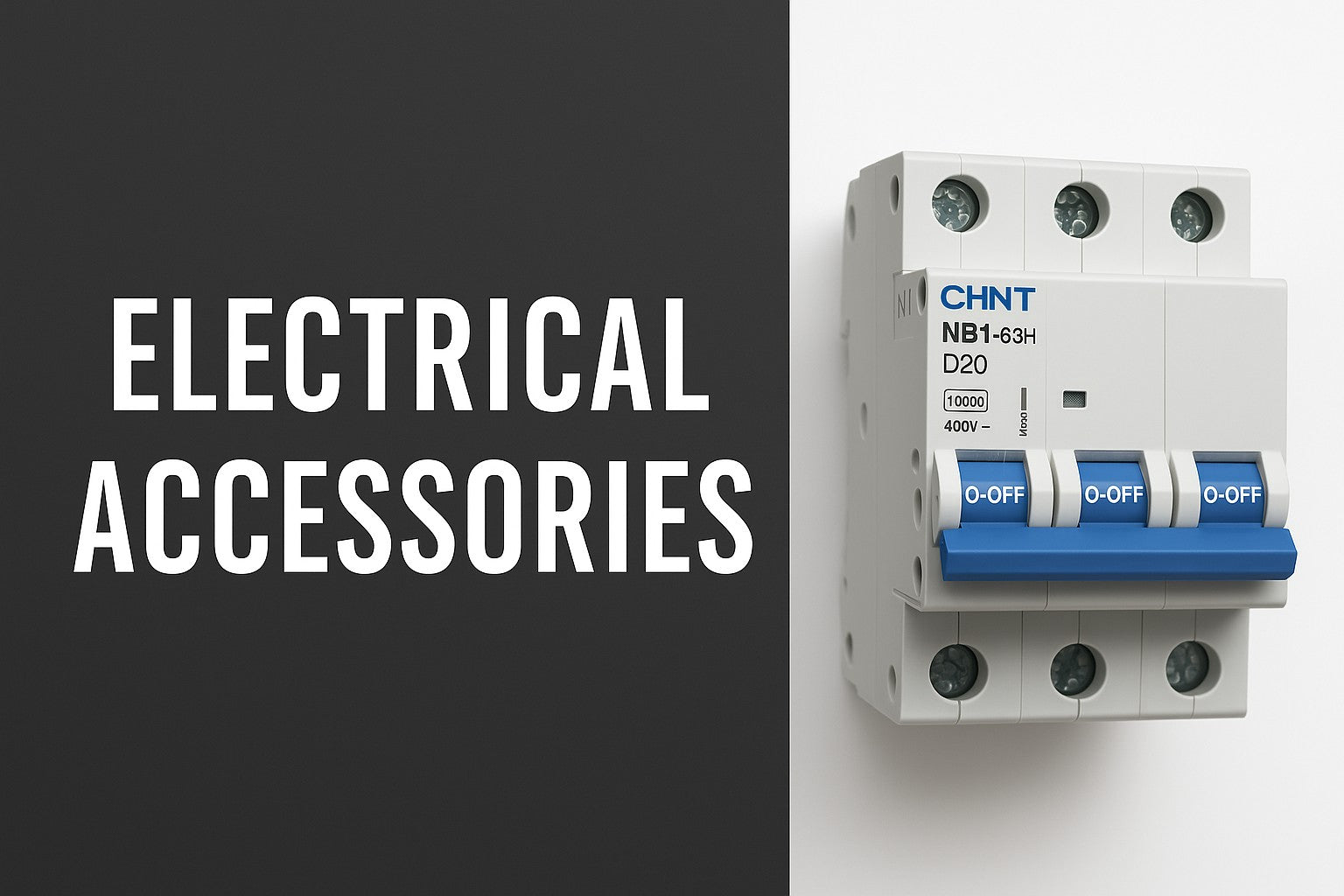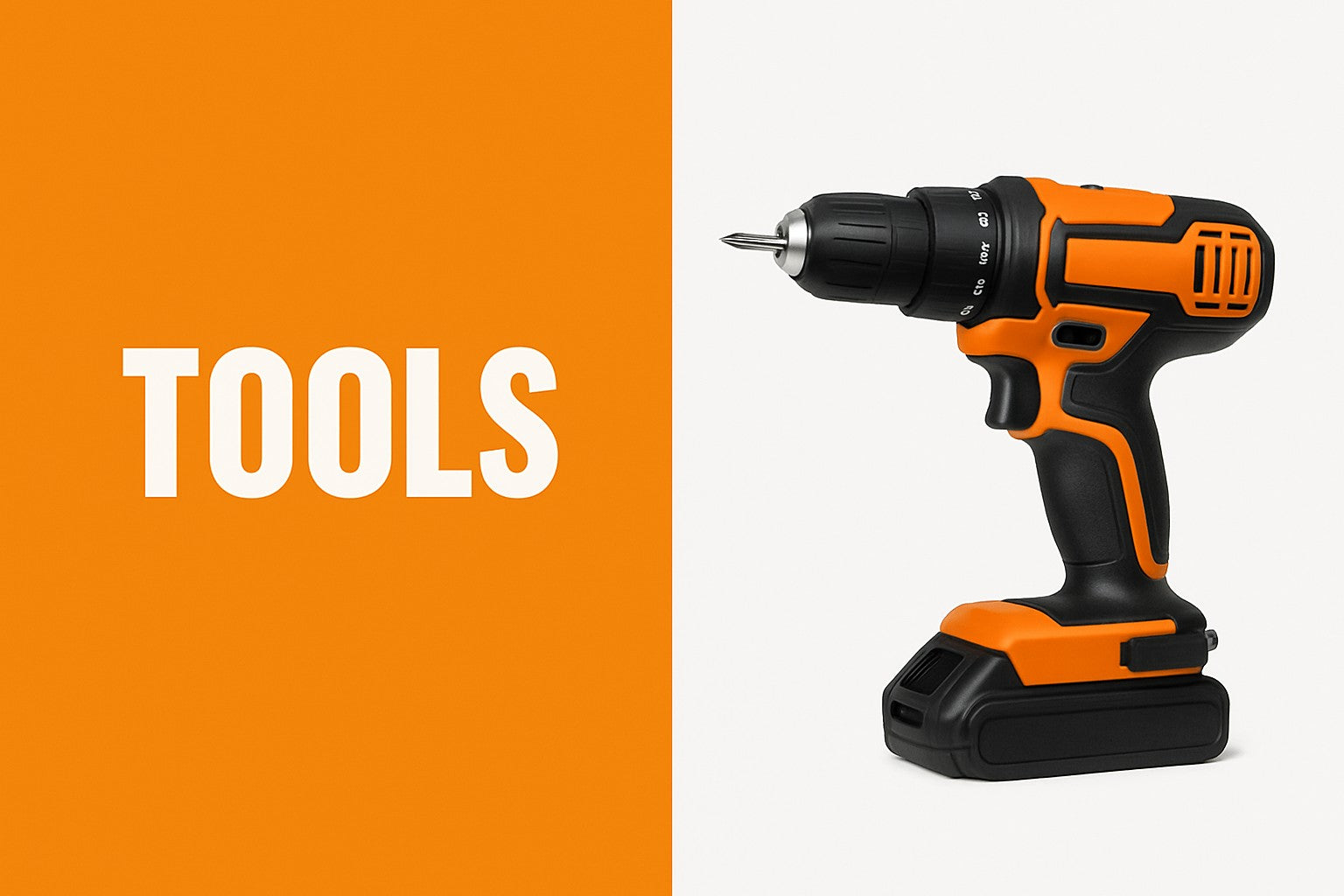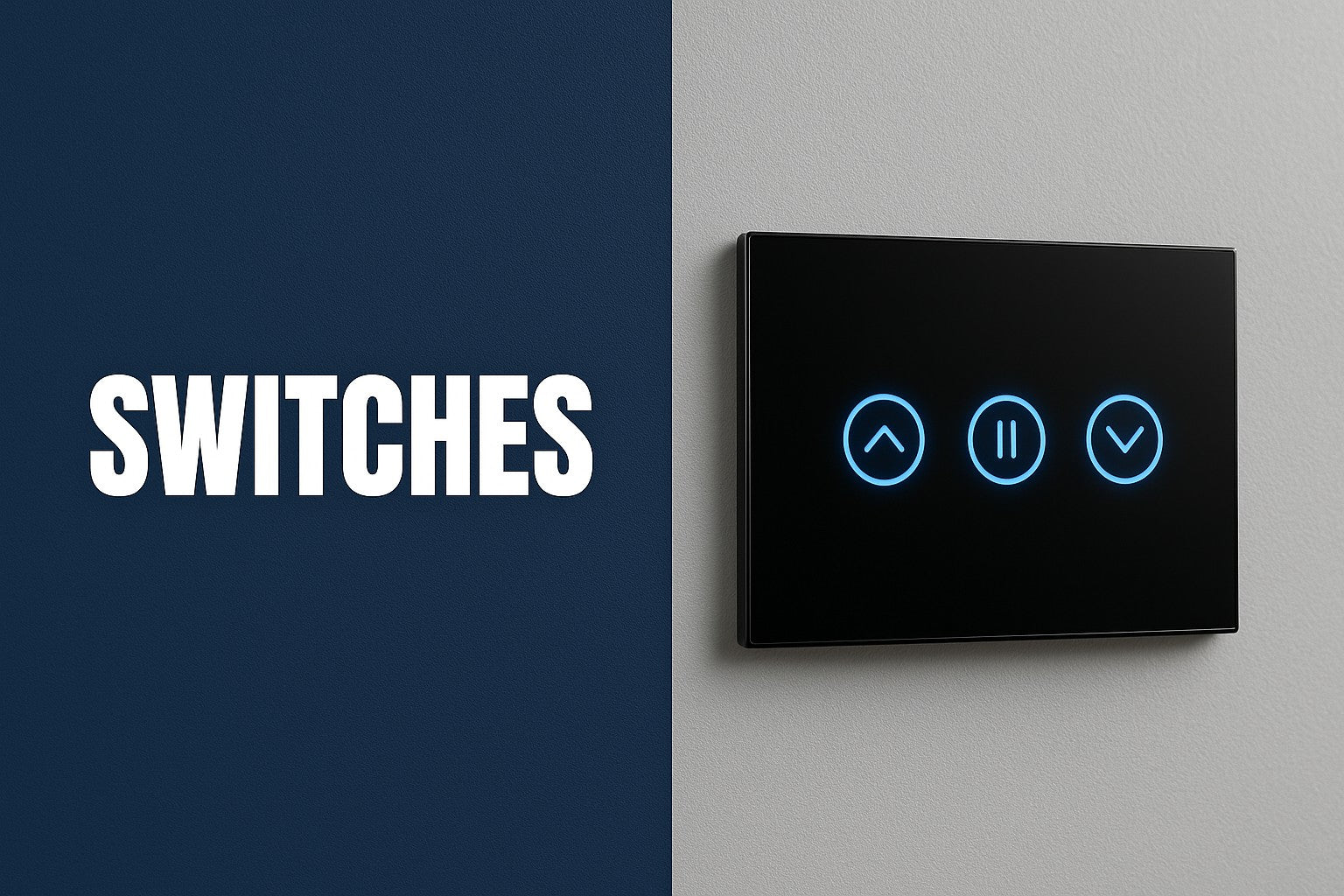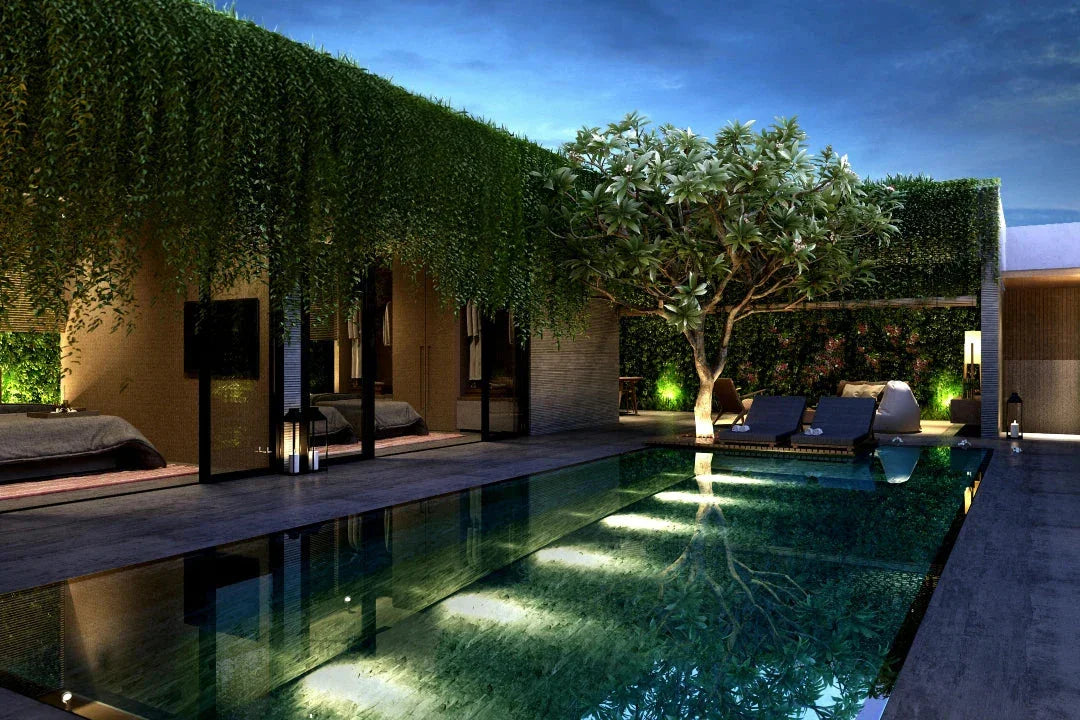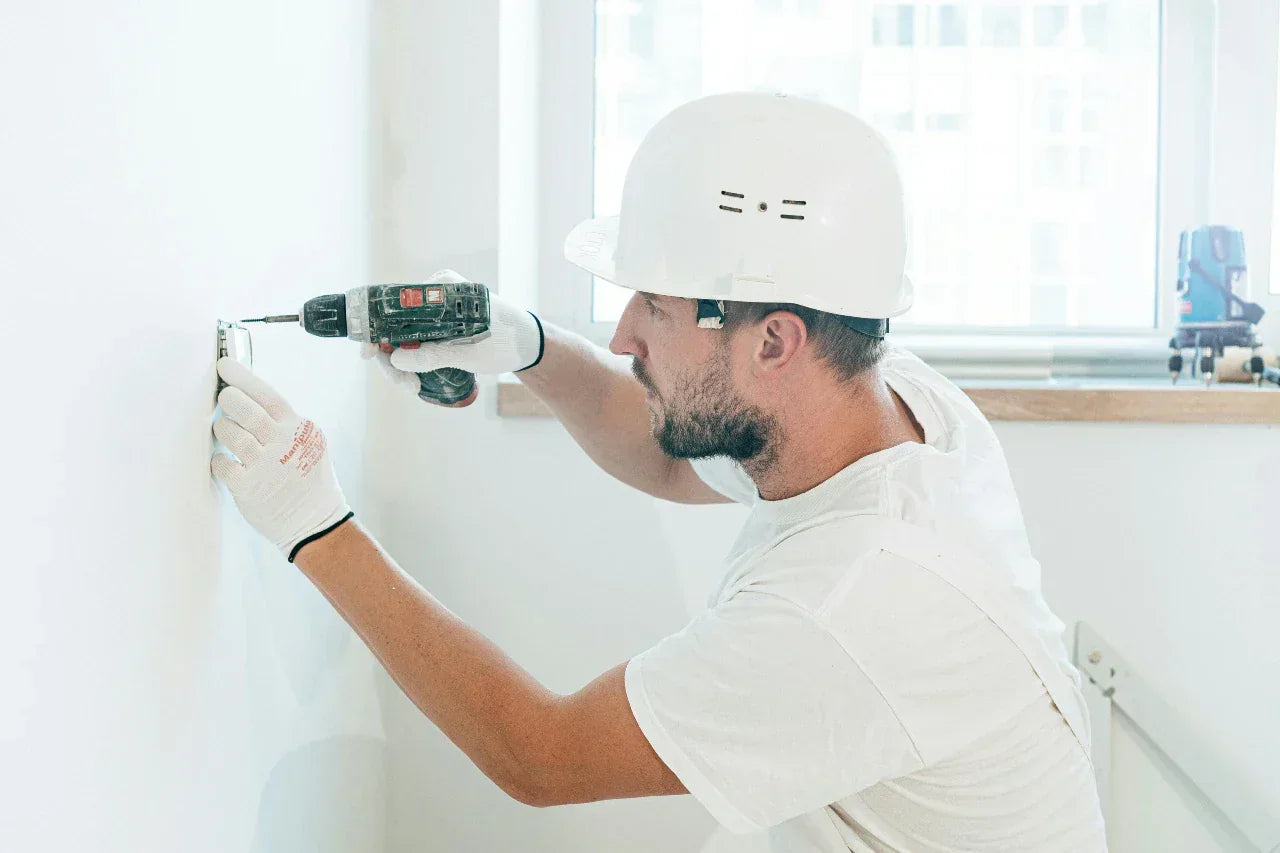Those who have invested in a well-maintained garden know the pleasure of relaxing moments in the green and blooming environment surrounding the house. Seating areas, trees that provide fruit or shade, decorative elements such as a pond or fountain – all of these, compared to the area of land surrounding our house, give it a special look and atmosphere – this is our private corner of peace.
As darkness falls, the garden becomes a difficult place to walk around without lighting. You've carefully designed your garden - wouldn't you invest in designing garden lighting for a dramatic, romantic, comfortable and impressive look even in the evening? Here's everything you need to know about choosing garden lighting.
Different types of garden lighting or outdoor lighting
As in design Lighting for the home , so too in garden lighting design – this is the place to think about the atmosphere you are trying to achieve through Outdoor lighting , in order to incorporate the lighting fixtures required for the garden, and achieve the desired look. Here are the different types of garden lighting that you should choose and incorporate into your garden:
Structural and decorative lighting
Looking for outdoor lighting that illuminates from above or perhaps from below? If so, spotlights are the answer for you. You can find spotlights that illuminate either from top to bottom or from bottom to top, whose function is to illuminate and highlight certain areas in your garden – such as the house structure itself, the trees and garden elements, and so on. Garden mushrooms, spike lighting and even LED lights and solar lighting , will allow for plays of light and shadow and light reflections to create visual highlights, in especially favorite areas of the garden. Indeed, garden lighting can truly revolutionize the visual appearance of your garden at night.
Functional lighting – for garden paths
It is important to use outdoor lighting to allow for easy orientation in the garden – for example, lighting along the garden paths will help you spend time in the garden comfortably after dark. Along the paths, it is common to use light poles that illuminate from top to bottom, or lighting mushrooms. It is important to create lighting at a maximum height of 70 cm, in order to avoid dazzling. You can also choose garden lighting fixtures – this can be garden lighting of Floor recessed or Recessed wall lights , for a more diffused lighting effect – for example in the stairwell area.
Flood lighting
Floodlighting is garden lighting that is diffused and powerful, allowing you to illuminate a space in your garden with strong, uniform light. Projectors Located above the illuminated space, and suitable for outdoor lighting (IP65 waterproof level), will allow for illuminated entertainment in your sitting area even after dark. You can choose garden floodlights with activation sensors, which turn on automatically when they detect movement.
Safety when installing garden lighting
Unlike lighting in the house, which is protected from the elements, garden lighting fixtures will be powered by electrical cables that will be exposed to the sun and winter rains. Therefore, it is recommended to maintain low voltage (12 volts) in the garden lighting, and to ensure professional and appropriate electrical preparation for all garden lighting fixtures, which will run underground in a protected and safe manner.
Adapting garden lighting to the design
In a garden lighting project, as in any other design project, you start with a detailed plan of the lighting fixtures you want to install in the garden. In the plan, you can choose locations for floodlighting (such as the garden seating area, the balcony, etc.), areas to combine functional lighting and the type of lighting, and elements that you want to illuminate with structural and decorative lighting. Generally, in a garden of about 50 square meters, it is appropriate to combine floodlighting in each seating area (usually one), four to five decorative lighting fixtures, and spikes. Or path lighting fixtures every one to one and a half meters, on both sides of the path.
Choosing garden lighting fixtures is a subjective matter, and depends on your taste. It is important to plan the location of garden lighting fixtures in a way that is not dazzling, and if possible, it is worth planning separate on and off switches for the central lighting fixtures, while it is usually effective to turn on the path and stairwell lighting automatically when it gets dark.
Remember! In order to keep your garden lighting fixtures efficient and beautiful, it is important to keep them clean and to install them safely and professionally in difficult conditions. In addition, it is important to prune shrubs and trees accordingly, in order to allow for optimal light distribution of garden lighting in an aesthetically beautiful and practical way for you in the evening hours.


